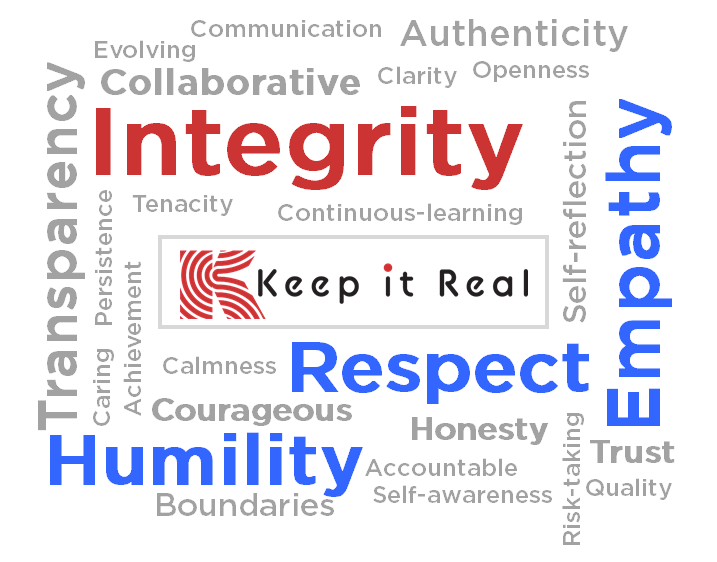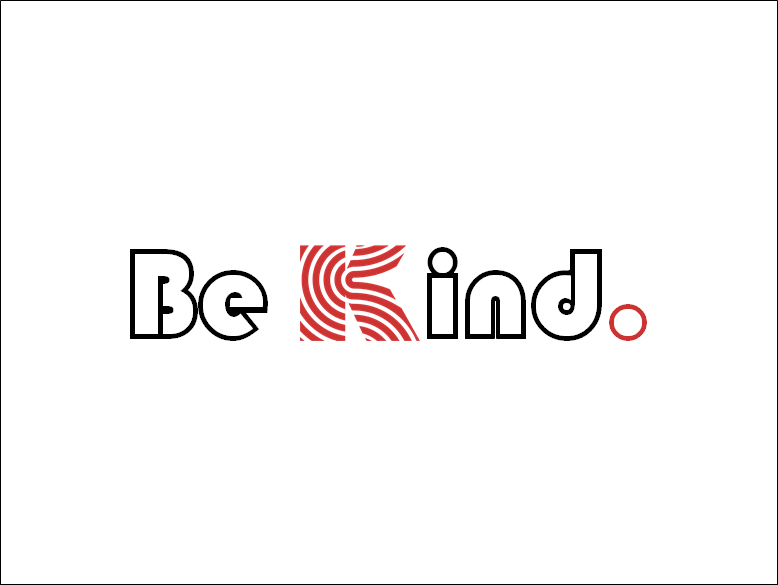 Conflict on teams is inevitable. And when managed effectively, it can actually be a good thing. New ideas are born; relationships are deepened through the airing and resolution of differences; teams grow stronger. But when you are a leader in the midst of conflict and attempting to deal with it while juggling everything else, it can be a bit overwhelming. Here are 5 tips for managing team conflict effectively.
Conflict on teams is inevitable. And when managed effectively, it can actually be a good thing. New ideas are born; relationships are deepened through the airing and resolution of differences; teams grow stronger. But when you are a leader in the midst of conflict and attempting to deal with it while juggling everything else, it can be a bit overwhelming. Here are 5 tips for managing team conflict effectively.
1. Know your own style and “over-extenders.” Understanding your leadership strengths and how you react under stress is essential to handling conflict in a constructive manner. Often our positive traits can be perceived as negative when over-extended. For example, if you tend to set the bar high for yourself and others (Leading with Drive) this may be perceived as an unreasonable demand for perfection by a team that is struggling with workload or other internal issues. If your strength is Leading through People, when over-extended you may spend too much time trying to make sure everyone is happy rather than focusing on the collective team goals.
2. Know your team. The best teams bring diverse personalities, skills and experience to the table. Recognizing the value each individual’s skills and traits contribute to the team and how they complement (and potentially conflict with) each other will help you lay the groundwork for effective conflict resolution. Build team awareness and appreciation of different styles, and provide opportunities for productive interactions and mutual understanding.
3. Make the time to just listen. When a deadline is looming and the team can’t seem to get past a conflict barrier, you may be tempted, as the leader, to force an end to the issue and just push your position through. Don’t. Make time to listen to all sides so you can get to the core of the issue and help the team develop a solution.
4. Harness the power of diverse thinking. Create an environment that encourages open communication and fresh ideas and approaches. Reach out to those who are less vocal to ensure that their ideas get added to the mix. When everyone feels heard and appreciated, “conflicts” become productive discussions.
5. Chart the way forward. Embrace the “lessons learned” from the bumps on the journey, refocus on the goals and move forward.
Want to learn more about your leadership style and the styles of your team for more effective conflict resolution? Contact me at kcolligan@PeopleThink.biz.
Till next time,
Karen
Turning Team Conflict into Productive Discussions
-
The Best Leaders Live by Their Values
leedsley, Leadership, learning and development, core values, podcast, self-awareness, 0
Self-awareness, which is so important for leaders, begins with having clarity around our core values.
-
Just Saying “Sorry” Doesn’t Cut It
Karen Colligan, conflict resolution, Kindness, Learning, Life, Relationships, Emotional Intelligence, people, 0
In the wake of the #MeToo movement, we’ve heard multiple “I’m sorry” statements from public figures who have been...
-
Hire for Attitude!
Karen Colligan, Career planning, Communication, Development, Diversity, Engagement, Entrepreneurship, Learning, Management, Mentoring, Soft skills, success, communication, leadership, leadership development, opportunity, people, personal development plan, team diversity, 0
Psychologist Carol Dweck has spent her entire career studying attitude and performance, and her study shows that an employee’s...
-
Let’s Review What We Learned in Kindergarten
leedsley, Kindness, learning and development, People, wellness, 0
There was a lot of wisdom in what we learned in kindergarten.
-
Stressed? Time to Evaluate Priorities!
Karen Colligan, Behavioral assessments, Health, People, Stress, communication, health, personality types, 0
Seventy-five percent to 90% of all doctor’s office visits are for stress-related ailments and complaints, according to the National...
-
Achieving Clarity and Focus as a Leader
Karen Colligan, Behavioral assessments, Leadership, Learning, Professional development, leadership, 0
One of my goals in the Leadership Workshops I facilitate is to help participants achieve clarity around who they...
-
A New Year: Look Back Before Planning Forward
Karen Colligan, Goal setting, Life, People, wellness, Work-life balance, planning, wellness, 0
Admit it. How many of you, as you rang in the new year, secretly (or maybe even publicly) said,...
-
Leadership Development for New Leaders is a Must!
leedsley, Leadership, leadership development, New leaders, Uncategorized, bench strength, leadership competencies, new leader training, 0
New leader training needs to be a key component of every organization’s learning and development plan.








